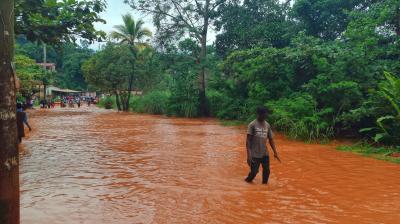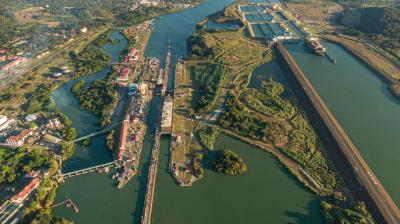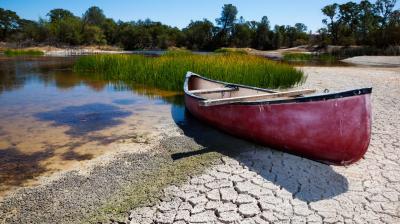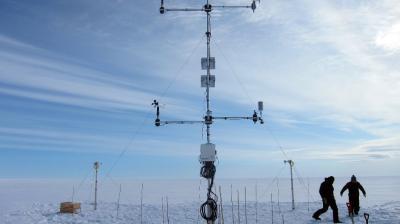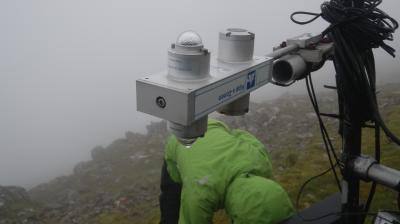Canada’s top 10 weather stories of 2021 (ECCA)
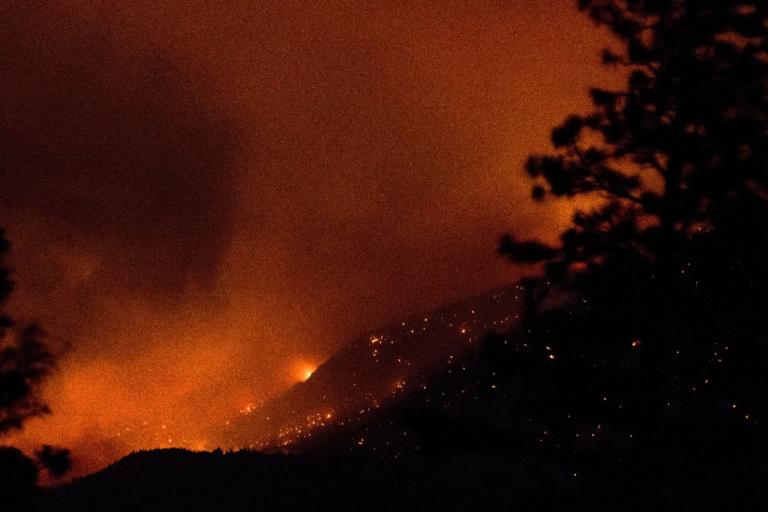
Not in 26 years of releasing the Top 10 Weather Events has there been anything comparable to this year, where Canadians endured such a stream of weather extremes. The year began with windstorms causing multi-million dollar damage across the West in early January, and ended with rain, windstorms and floods causing multi-billion dollars of damage in British Columbia. Although we cannot attribute a single weather event to human-caused climate change, the evidence is conclusive -- we are experiencing more intense and more frequent extreme weather. Climate change is leading to more frequent and more intense disasters around the world. This was the year southern Canadians began seeing this firsthand. There was no new types of weather this year – our grandparents coped with the same rain, heat, floods, fires and drought. But the extremes were of a different nature than in the past. They were more widespread, intense, frequent and impactful.
Canada continued to warm in 2021 for the 26th consecutive year, and was one of the warmest in 75 years. Canada’s excessive heat in early summer helped to make July the planet’s warmest month in more than a century and a half. No place in the world has warmed more than Canada’s North. Three decades of gradual but relentless warming have dramatically changed the geography in the North: fragile ice shelves are crumbling into the ocean, sea ice is thinning and shrinking, sea levels are rising slowly and ocean waters are becoming less salty, more acidic and warmer throughout.
In 2021, Canadians witnessed the real threat and impact of climate change all around them and were shocked by the variety and frequency of weather extremes. British Columbia became ground zero for weather catastrophes. The province was dried out, scorched, flooded and inundated with mud, rock and debris flows. Owing to the extraordinary early summer heat and drought, British Columbia suffered a tragic week of weather and from unbelievable fall-season rains and floods, likely the most destructive and expensive year to date.
The Prairies continued to be hot and dry as they have been for the past 2 or 3 years, with economic costs in the billions of dollars. The wildfire season started early, burned later, and became bigger and hotter, igniting a near-record area of forests across Canada. The smoke affected millions of Canadians for days and months. For instance, this year Calgary saw 512 hours of smoke and haze, far exceeding the average of 12 hours per year.
The unseasonably warm Atlantic Ocean waters led to another very active tropical storm season. Canada was touched by 6 tropical storms, including Hurricane Larry in Newfoundland and Labrador, the longest-lasting Category 5 hurricane in Atlantic basin history.
The year showed that heat can be a disaster and even more catastrophic than ever before thought possible. Temperature extremes in Canada covered a range of 100 degrees, varying from a record hot of 49.6 °C, causing nearly 800 fatalities in British Columbia and Alberta, to the coldest temperature in 4 years at -51.9 °C. Much of western and central Canada faced some of the coldest temperatures in years in mid-February when the dreaded Arctic blast impacted the entire country. In 2021, Calgary reinforced its reputation as the hailstorm capital when a half-billion-dollar hailer struck the city for a few minutes on July 2.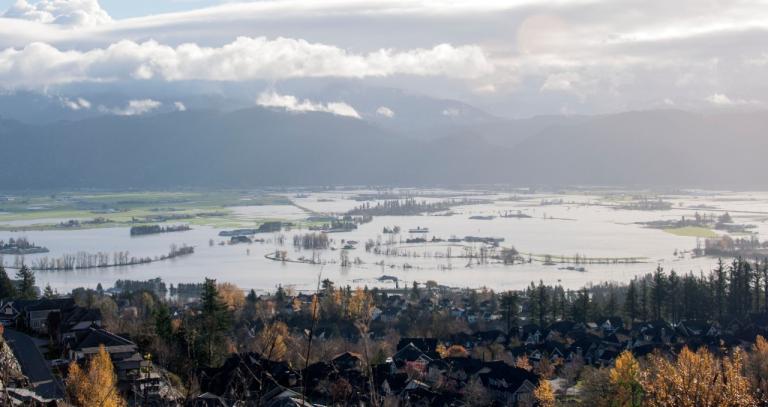
Volatile weather also occurred when a rare tornado, the first one in 45 years, touched down in Vancouver. In addition, the usual hot spot for tornadoes in Canada, the central Prairies, had a 2 month period in mid-summer without a single tornado. Yet Canada, overall, has never seen so many major EF2 tornadoes with winds exceeding 175 km/h, as in this year.
At times in 2021, Canada even broke records for the number of records broken. Property damage from weather cost Canadians millions of dollars and the economy billions. Based on preliminary estimates compiled by Catastrophe Indices and Quantification Inc. (CatIQ), there were 13 major catastrophic weather events with billions of dollars in insured losses. It will be months before final figures are tallied. In the end, insured damages will only be a fraction of the total economic costs and together with business losses and infrastructure costs for repairing and rebuilding, 2021 will undoubtedly be the most expensive in history.
From a list of at least 100 significant weather happenings across Canada in 2021, events were ranked from 1 to 10 based on factors that included the degree to which Canada and Canadians were impacted, the extent of the area affected, economic and environmental effects and the event’s longevity as a top news story. Incredibly, British Columbia’s terrible weather led the way in the first 5 of the Top 10 Weather Events in 2021.
Full story is here
French version is here
- WMO Member:
- Canada


